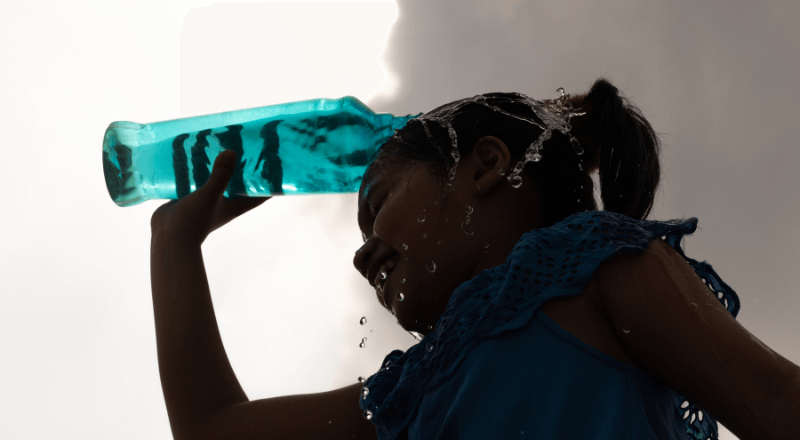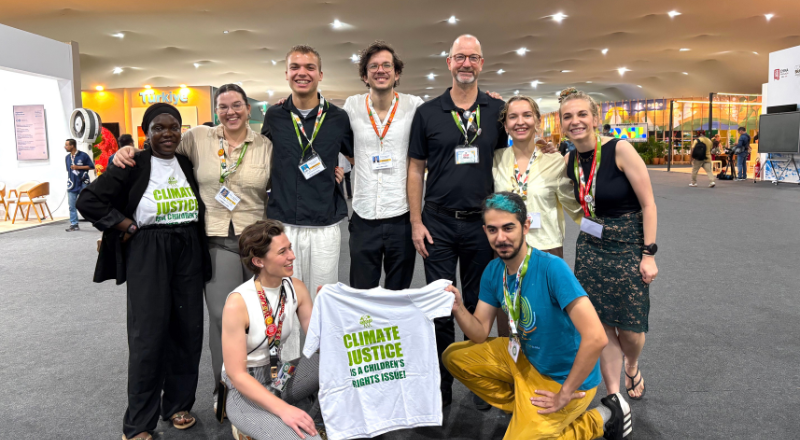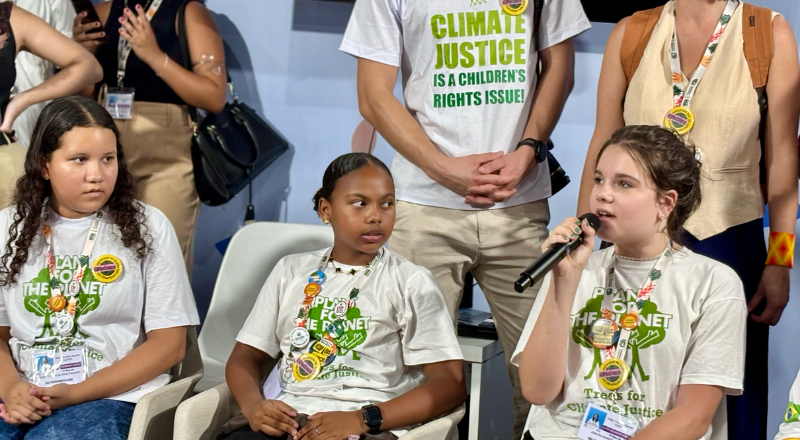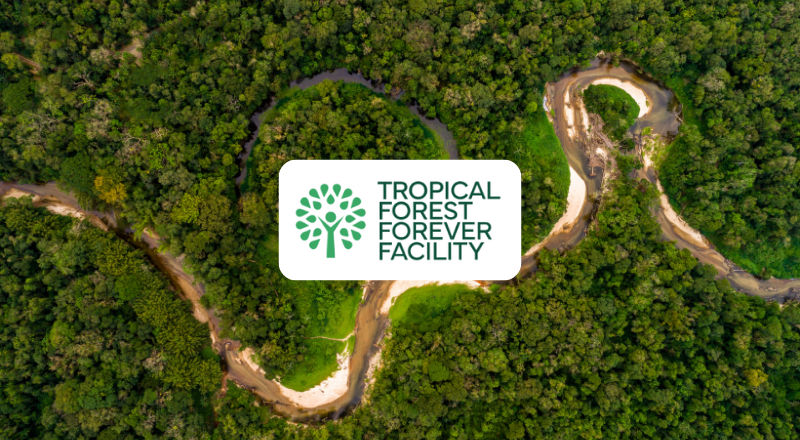
More than 600 million children could still be spared from a life marked by climate extremes if the world acts now. The study Global Emergence of Unprecedented Lifetime Exposure to Climate Extremes, published in May 2025 in the journal Nature, explains that a fair climate policy limiting global warming to 1.5 °C, as outlined in the Paris Agreement, is crucial to ensure that generations born between 2003 and 2020 do not face unprecedented levels of extreme heat. With immediate action to limit global warming, millions of children could avoid the devastating impacts of climate extremes.
Future at Risk: Climate Crisis Threats to the Next Generation
These new findings are the first to cross-reference birth year data, climate scenarios, and social vulnerabilities to estimate how different generations have been—and will be—exposed to climate extremes. According to the study, if the current trajectory continues, the planet could reach 2.7 °C of warming by the end of the century. As a result, the proportion of children born in 2020 who will experience extreme climate events will more than double compared to those born in 1960. Specifically, when it comes to heatwaves, 92 percent of the new generation will face this reality—a number that drops to 52 percent if the 1.5 °C target is achieved.
In a more critical scenario, with 3.5 °C of warming, the impacts become significantly more severe. In addition to extreme heat, 29 percent of these children could face severe crop failures, 14 percent would be at risk of extreme river flooding, and exposure to droughts, wildfires, and tropical cyclones would increase substantially.
Up to Eightfold Higher Risk of Heatwaves for Today’s Children – The Most Vulnerable Hit Hardest
To illustrate this, the study analyzed how many heatwaves a person would experience over a lifetime in Brussels, Belgium. Someone born in 1960 would face around three heatwaves, regardless of the scenario. In contrast, a child born in 2020 would experience eleven heatwaves under 1.5 °C warming, eighteen under 2.5 °C, and up to twenty-six heatwaves under 3.5 °C. Regardless of the scenario, the study states that more than half of the 2020 generation will still face extreme heat—the equivalent of 104 out of the 177 countries analyzed.
In every scenario, the poorest will be hit hardest. The most vulnerable populations will remain less protected, with limited access to safe housing, healthcare, infrastructure, and adaptation measures. According to the study, in a world with 2.7 °C of warming, 95 percent of the most vulnerable children will face extreme heat, compared to 78 percent of children from wealthier backgrounds.
The negative effects do not respect borders. Crop failures in agricultural regions strain global food stability, while natural disasters overwhelm public systems, drive up the cost of living, and deepen inequalities worldwide. In 2023, for example, smoke from wildfires in Canada crossed the border and worsened respiratory crises in the United States.
Protect the Younger Generation Now: Immediate Action Necessary
Despite this alarming outlook, the study makes it clear that there is still time to change this future. With immediate action to limit global warming to 1.5 °C, millions of children born between 2003 and 2020 could be spared from a lifetime of exposure to climate extremes. Under this scenario, 613 million children would avoid severe heatwaves, 98 million would be protected from severe crop failures, 64 million would be spared from extreme river flooding, 76 million would escape tropical cyclones, 26 million would avoid the impacts of droughts, and 17 million would not suffer from major wildfires.
The warning is clear: the future cannot be treated like just another friendly match—it must be treated like a championship final. Protecting younger generations demands ambitious, urgent, and justice-centered climate policies. It’s time to turn the game around.


















